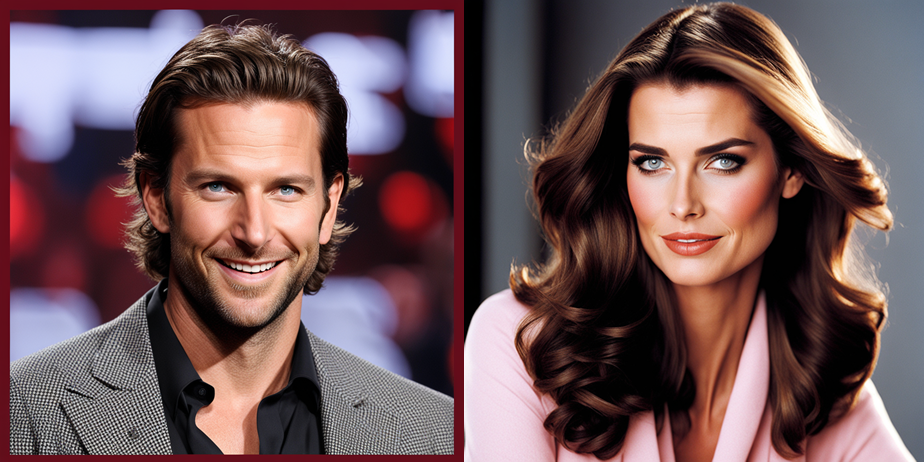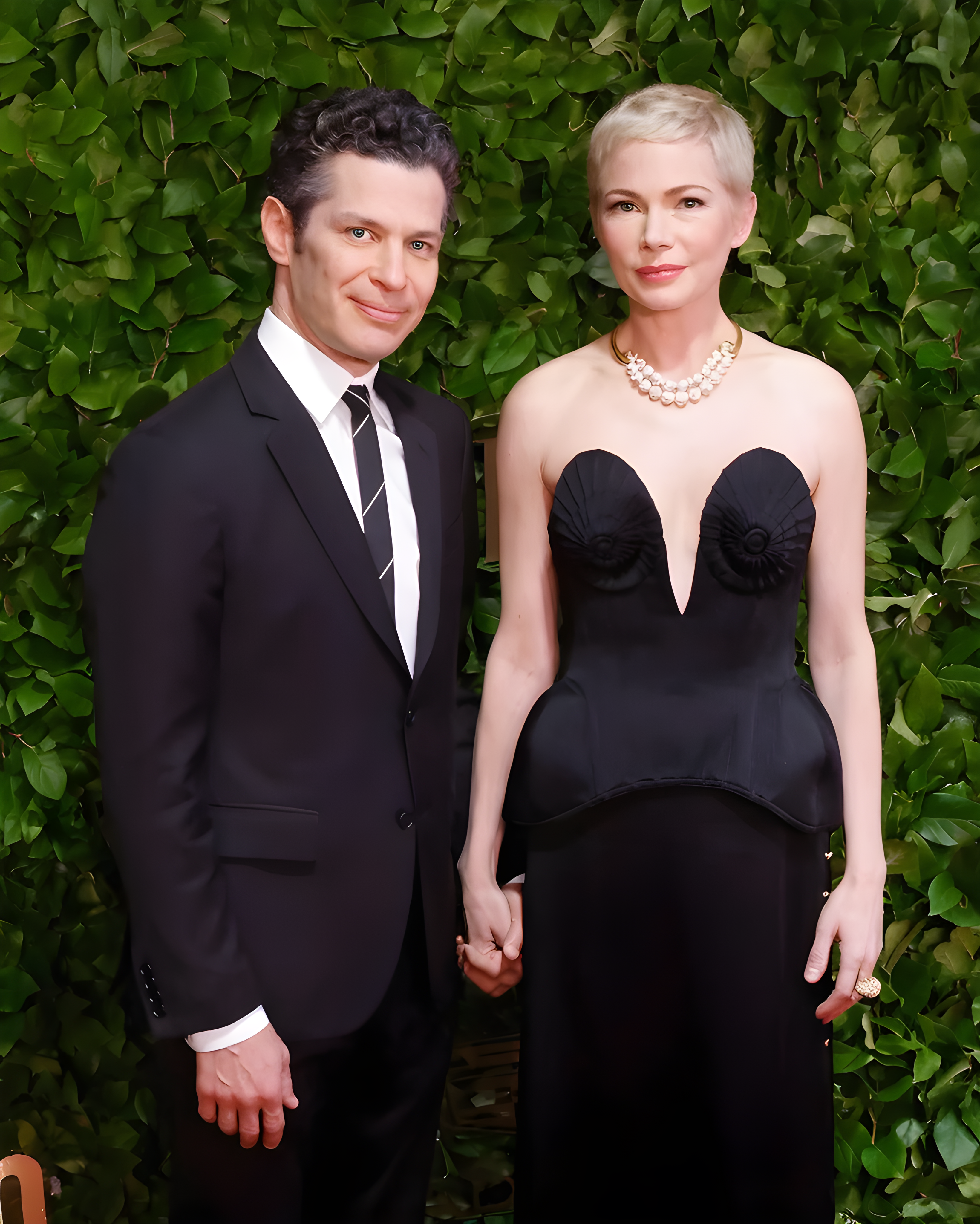Daniel Craig: The Modern Face of James Bond
Daniel Craig: The Modern Face of James Bond
In the thrilling world of espionage and intrigue, Daniel Craig has left an indelible mark as the modern face of James Bond. From his debut in “Casino Royale” to his swan song in “No Time to Die,” Craig has redefined the iconic spy, blending grit with charm and adding a layer of vulnerability that resonates with audiences worldwide. Let’s embark on a journey through the cinematic landscape of Daniel Craig’s Bond era.

A 007 Debut: Shaking (Not Stirring) Traditions
Breaking the Mold
I vividly remember the anticipation leading up to “Casino Royale.” As a long-time Bond enthusiast, the casting of Daniel Craig sparked heated debates among fans. However, once the opening credits rolled, any skepticism was overshadowed by the raw intensity Craig brought to the role. His debut shattered the traditional Bond mold, presenting a 007 who was not only physically imposing but emotionally complex.
Personal connection: Watching “Casino Royale” in theaters, I found myself on the edge of my seat during the high-stakes poker scenes. Craig’s portrayal of Bond transcended the suave stereotype, revealing a character with depth and internal struggles.
Physicality and Grit: A New Bond Persona
From Parkour to Fistfights
Daniel Craig’s Bond is defined by a palpable physicality and a penchant for gritty, realistic action sequences. The introduction of parkour in “Casino Royale” and the brutal hand-to-hand combat in subsequent films showcased a Bond who wasn’t just relying on gadgets but using his body as a lethal weapon.
Fond memory: Discussing the infamous parkour chase scene with friends, we marveled at Craig’s athleticism. It was refreshing to see a Bond who could hold his own in a brawl without relying on gadgets from Q.
Vulnerability in Vesper’s Wake: Emotional Depths
Love and Loss
One of the defining aspects of Craig’s Bond is the exploration of vulnerability and emotional depth. The tragic love story with Vesper Lynd, played by Eva Green, in “Casino Royale” added layers to Bond’s character, showcasing a more human side that hadn’t been fully explored in previous iterations.
Impactful moment: The aftermath of Vesper’s betrayal struck a chord with audiences. Craig’s portrayal allowed us to witness a Bond who was not just a cold, calculated spy but a man grappling with heartbreak and betrayal.
The Evolution of Bond: Balancing Tradition and Innovation
Nod to Classics with a Contemporary Twist
Craig’s tenure as Bond is marked by a delicate balance between honoring the franchise’s rich history and injecting a contemporary sensibility. While the films pay homage to classic Bond elements, such as the iconic Aston Martin and shaken-not-stirred martinis, they also introduce modern themes and character dynamics.
Thought-provoking conversation: Post-“Skyfall,” discussions with fellow Bond enthusiasts revolved around how the franchise successfully melded tradition with innovation. Craig’s Bond became a bridge between the classic and the modern.
A Farewell to Bond: “No Time to Die”
The End of an Era
As Craig bids farewell to the role with “No Time to Die,” the film serves as a fitting conclusion to his Bond saga. It not only ties up loose ends from previous films but also provides a poignant send-off to a Bond who, under Craig’s stewardship, became one of the most memorable in the franchise’s history.
Nostalgic reflection: Watching “No Time to Die,” I couldn’t help but feel a sense of nostalgia. It was the end of an era, and Craig’s portrayal of Bond would be etched in cinematic history.
In the pantheon of James Bonds, Daniel Craig’s contribution is nothing short of revolutionary. His portrayal of the iconic spy breathed new life into the franchise, attracting a new generation of fans while keeping the flame alive for long-time enthusiasts. As the credits roll on Craig’s final Bond film, it’s evident that he has not only left an indelible mark on the character but has redefined what it means to be the suave, sophisticated, and occasionally vulnerable James Bond for the modern era.


